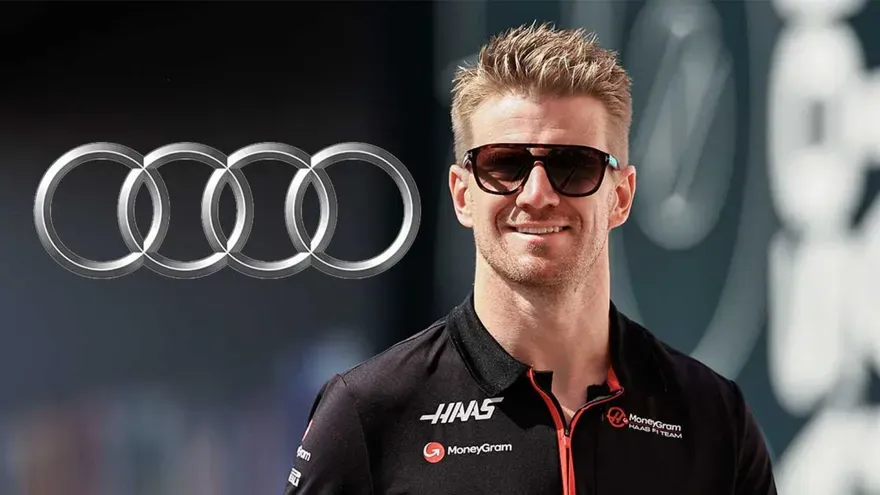Formula 1 is a sport that revolves around tech and innovation. From engines to clutch pedals, every part conquers the dynamics of design and technology that takes an initial role during racing. Every car has an accelerator to accelerate, brakes to stop, and a clutch to configure gears. But in F1, it takes on a new horizon. Unlike other road cars, F1 cars also have pedals but that too came up with under two pairs.
Have you ever wondered how it feels to take action with just a dual-pedal configuration in any F1 car? Well, it just looks quite simple but a bit more complex than your everyday car. F1 pedals control the power and speed during racing. So today in this article we will understand the science behind the F1 pedals configuration and how they work in F1 cars.
Working Of F1 Clutch And Pedals
In today’s modern F1 cars, the brakes can no longer be assisted by the convectional cables but now they are driven by wire via electronic circuit boards. In 1980s F1 cars, the clutch pedals were bought down and connected to the engine, and it was at this point that drivers had to shackle them many times during the race. This problem was solved by an innovative idea laid down by Ferrari. In 1989, F1 season, Ferrari introduced a semi-automatic transmission that did not require a clutch to assist anymore while driving.
This innovation made by the prancing horse was so relevant that it made it possible to move the clutch from the floor of the car connected to the driveshaft to the backside of the steering wheel. These paddle shifters are positioned behind the steering wheel which is easy to adhere to and its functionality. This step makes drivers to drive more faster than anyone else. The drivers feel more responsive feedback while resistant to the other.
The Dual-F1 Pedals SetUp
With the introduction of the semi-automatic gearboxes, the drivers have two pedals in the F1 car. One pedal is known as the throttle pedal which is positioned at the right and the other is called the brake pedal which is positioned on the left. Both dual pedals serve different purposes to drivers. The throttle pedal revs up the speed whereas the brake pedal controls the motion of the car. When any racer pushes up the brake pedal, it is compressed by the master brake cylinder which releases brake fluid pressure to reduce friction while applying force on the brake pads.
The brake pedal is significantly larger than the throttle pedal. The main reason behind this cohesive configuration is that the bigger area of the brake pedal allows maximum force to be applied when braking. Even in the hybrid turbo era, the pedals are now slightly raised from the edges so that the driver’s foot does not get hurt while driving. This setup is helpful to a set of skilled drivers as they can perform the heel and toeing maneuver while racing.
Wait, as a race fan you don’t know heal and toe maneuvers. Well, drivers perform so that they deliver insane driving tricks during racing. So let's understand the scientology behind it.
Heel And Toeing
This is a technique used by racers to perform insane driving tricks. The Heel and toeing technique manipulates the brake and the throttle pedal generally using the same foot by the racer. While performing the downshifting with the other foot in a limited time. This helps the racer or any driver to apply brakes as well as rev up a bit while taking corners so that the engine keeps on running for a smooth gear change.
Alas with the introduction of the semi-automatic gearboxes, the old traditional clutch pedal is absent now so this technique sniffles from the driver’s point of view. As of now, the shifting of the gears can be controlled electronically with paddle shifters behind the wheels, so no such involvement of the clutch hence, no reason to perform heel and toeing maneuvers.
This is all about how F1 pedals work in F1 cars, Moreover, it is initially a driver’s skill to manipulate the dual-set of pedals during the race as the same setup is present in every car out there on the track. If you like this article share it with your friends and follow us for more about such motorsport technology. Please do let us know in the comment below.















